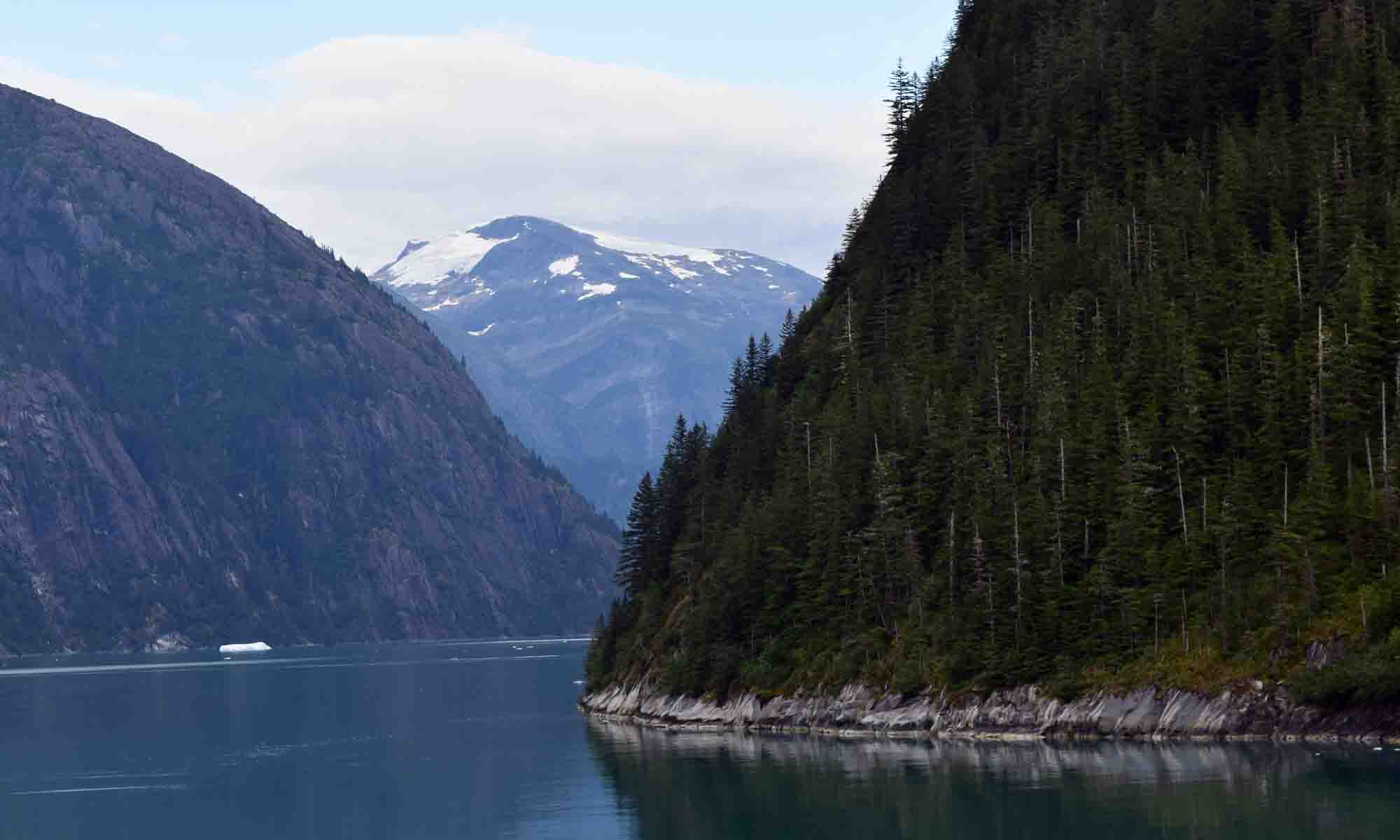This past weekend my family went to a Tobymac concert.
For those who don’t know, Tobymac is a Christian recording artist. At this point he’s been around for a long time; he initially gained fame as part of the Christian rock/rap group DC Talk, then began a solo career once they disbanded. He used to do a lot of high-energy songs that found their way into my workout playlist, and while he still does some of that, his style has evolved over time to include a pretty wide variety of music types.
When I was a kid I listened to a Christian singer named Steven Curtis Chapman. I wouldn’t say he was a country singer, but he definitely had a folksy twang as part of his sound. On one of his albums, he collaborated with a young Tobymac, who was part of DC Talk at the time, on a song called “Got To B Tru.” For this particular song, Steven Curtis Chapman (folksy twang) decided he was going to jump into the obnoxious rap scene popular in the early 90’s (the kind Tobymac was a part of). It was a fun crossover, and it helped raise Tobymac’s profile to have such a well-known artist as Steven Curtis Chapman work on a song with him.
I then started paying attention to Tobymac in the early 2000s when I heard a song of his make it onto some kind of rock compilation album I picked up somewhere. Then in 2007 or 2008 my young wife and I went to see him in concert for the first time as part of his “Portable Sounds” tour. As I’ve continued paying attention to his work, it’s become obvious that he was very grateful for the opportunity as a young artist to work with a headliner, and he’s done numerous collaborations with younger or less-well-known performers since gaining his own success.



This past weekend while our family waited for him to take the stage, four different acts came out and performed a set list of their own. Some of these singers I’ve never heard of, but in most cases I knew at least one of the songs they performed. Truth be told, Tobymac was the guy I came to see, and I would have been fine if I only saw his act. These other performers, though, benefit from being on tour with a more seasoned veteran.
Even though few, if any, members of the audience came to see these other acts, being on a tour like this provides them with valuable learning opportunities. They gain experience learning how to work the crowd. They learn a bit about how to craft their stage presence. They might discover things they should not attempt while on stage. These four acts were in various stages of development, and a couple of them could probably soon start to go on tours of their own. It might be a little much for them to scrape together enough startup cash to plan a tour of their own right now, but being in a positions where they can borrow a piece of equipment from someone else on the tour if a speaker’s on the fritz gives them more of a cushion and some experience dealing with unanticipated problems on the road that will benefit them later in their career.


I’m not going to pretend taking four warm-up acts on the road is totally out of the goodness of Tobymac’s heart; I’m sure there’s some kind of financial benefit involved for him. Even so, he likely had to go out of his way to convince a few folks to include more than two or three opening acts on the tour. Whoever those final additions to the tour were, I’m sure they benefitted from it.
In your life, is there someone you could take under your wing and help to get started, either in their career, their ministry, or in some other aspect of their life? I’m sure you’ve gained a lot of hard-fought lessons that only come from experience. While many younger folks out there may not care to benefit from it, there are probably others who would. Even though it might add a little inconvenience, would you consider helping them out as they try to get some direction or some momentum?
Lord, thank you so much for those who’ve come before me and lent me a hand, some good advice, or some encouragement along the way. Help me use the lessons I’ve learned to help others who aren’t as far along as I am. Amen.





















































